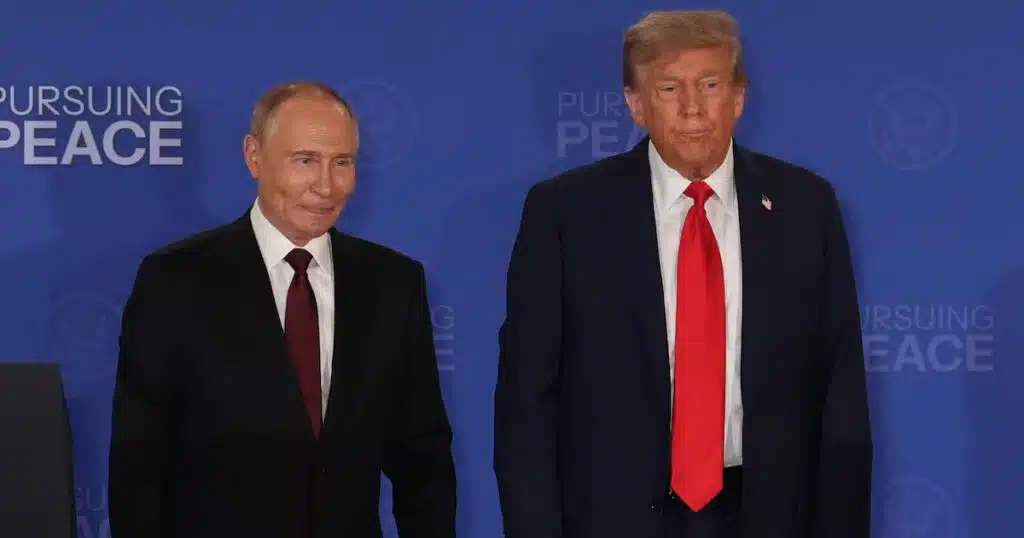
EV Ads in the Super Bowl – An Inconvenient History
With an audience north of 100 million viewers, the Super Bowl is the most watched television event in the United States every year. As the game within the game that rivals the action on the field for entertainment value, its commercials represent the Boardwalk and Park Place of advertising.
They are an ideal time to push a political agenda, especially with the hope that no one checks up on you years later.
However, it’s time fact check one consistent ad theme from the big game, and no, this isn’t a takedown of FTX or Sam Bankman-Fried. The Department of Justice is handling that one.
It’s electric vehicles, which have been a central theme for their “just around the corner” utopia. Celebrities, hit songs and even a cute robot dog are used to tout the hipness of EVs. Yet, there are some glaring problems. First, the EV in those ads can’t go the distance and second the only people who can afford most of them are the players on the field or those in the owner box.
During the 2015 version of the big game, Katie Couric and Bryant Gumbel reunited for a reunion. They lightheartedly embrace their comical skepticism of the Internet in 1994. Fast forward 21 years and they are behind the wheel of a BMW i3. The message is clear: This car will be just like the internet in a few years. Underestimate it at your own peril.
Whoops.
Today, the BMW i3 is no longer in production. It was discontinued in 2021. One article blamed its failure on being just too darn small for Americans. A reasonable person might argue that after eight years in production, a price tag of $45,000 for a car that only achieved a range of 153 miles had something to do with it. Or maybe it was the 11-12 hours to fully charge.
Either way, we can all appreciate how Couric and Bryant seemed to miss the boat again.
During the big game in 2020, the Hummer EV made its debut and the nation’s collective jaws dropped. Here was the poster child for gas-guzzling extravagance switching sides to play for team EV! Labeled the “Quiet Revolution,” Lebron James was in the ad to up its gravitas.
Left unsaid were the two versions of the Hummer in the ad start at nearly $80,000 and go up past $100,000. More good news: the SUV version of the Hummer isn’t available until later in 2023, a full three years after the ad. Production is so slow that one media outlet noted that some of those already waiting in line will have to wait 17 years.
A “quiet revolution” indeed.
Two years ago, Will Ferrell went after Norway because they sell more EV per capita than the United States. Hollywood elites asking why America can’t be more like socialist Scandinavia is nothing new, but left on the cutting room floor were the dirty details: to achieve their “massive” EV sales, Norway offers a bevy of giveaways, including no taxes on registration or fuel, waiving the 25% VAT (sales) tax and a 50% reduction in road taxes and parking fees. Yet, after all the incentives, gas-powered vehicles still make up nearly 80% of the cars on the road in Norway.
Last year we had the Dr. Evil “trying to save the world so he can take over the world” spot. No specific cars are mentioned, but you get to laugh and feel good, and that’s the important part. This year Ferrell is back telling us that Netflix will now embrace EVs. Perhaps the massive film subsidies offered in many states will help get to the streaming screen.
Just like Super Bowl ads from years gone by, the Biden Administration is all-in on EVs and states are now passing laws to make EV sales mandatory. After all, when something is so cool, practical, and affordable as an EV, the government must subsidize and force its transition.
EVs are now old enough that we can examine their track record: over-priced vehicles that don’t deliver on time, can only travel limited distances, and take hours to “fill up.” That’s the final score and the real losers are the American public. No amount of glossy commercials can whitewash that inconvenient truth.
Larry Behrens is the Communications Director for Power The Future, a non-profit that advocates for America’s energy workers. You can find him on Twitter @larrybehrens or you can email him: [email protected]
This article was originally published by RealClearEnergy and made available via RealClearWire.



